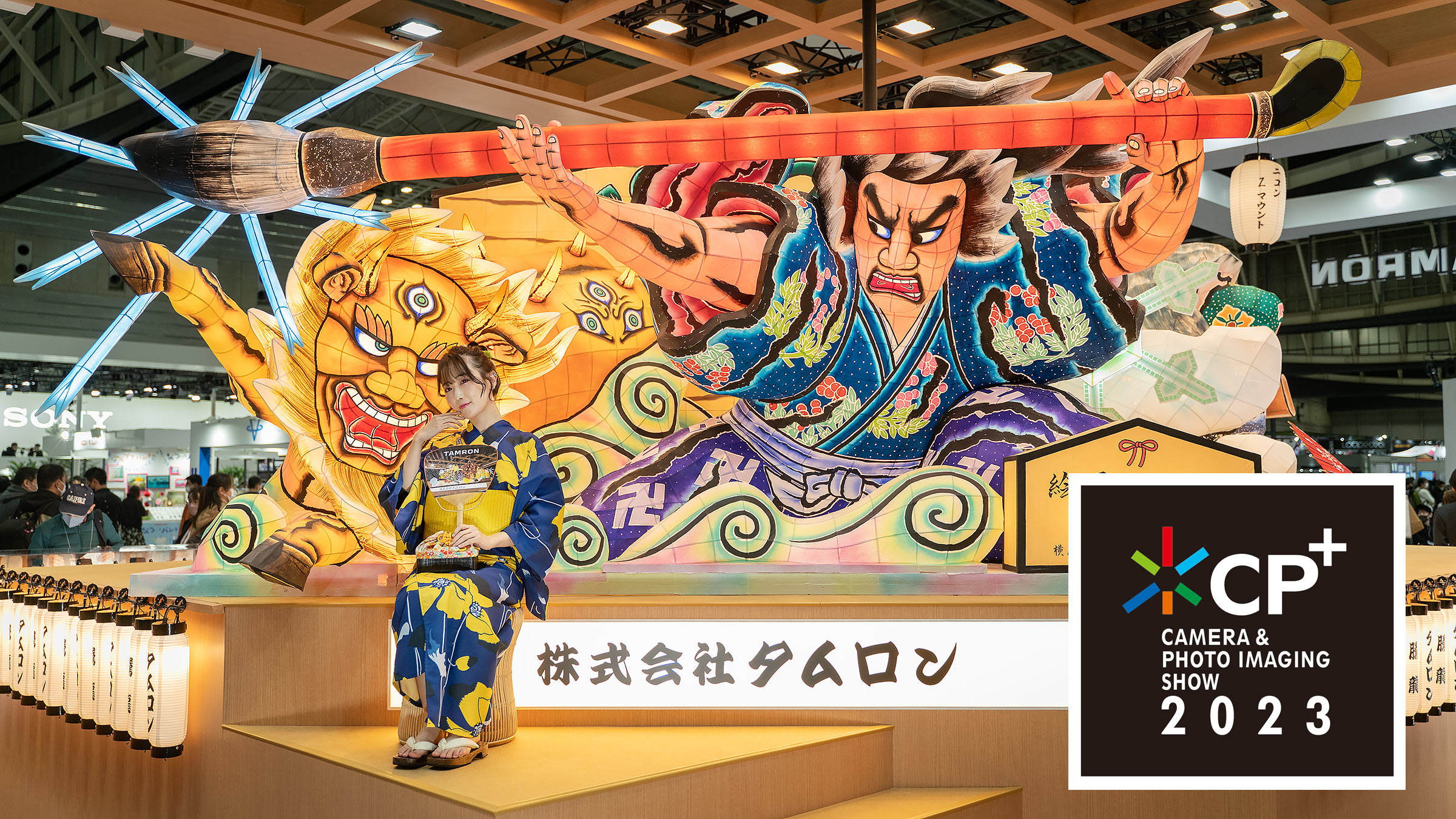The exhibition halls of the Pacifico Yokohama are cavernous; not just because they’re large, but because the bare concrete walls echo with the muddy mixture of amplified voices and the beeping of electronics. Though CP+ started on the 23rd of February, I first visited on the 24th1I somehow failed to notice that I’d lose a day crossing the international date line on my flight from Seattle to Tokyo and again on the 26th.
I’ve visited the PDN PhotoPlus Expo regularly for the past decade (often with Alfred Lopez), and I attended Photokina in Cologne, Germany in 2016. After a series of postponements and a pandemic, Photokina announced that they were giving up on the Expo indefinitely. When I attempted to sign up for PhotoPlus this year for the first time in the COVID era, I discovered that it had been rebranded as “create NYC” , and was aimed primarily at the junior high kids, as far as I could tell2Though the lineup seems to have disappeared from the site, the ‘speakers’ seemed to primarily be TikTok performers… a disappointing step down from the likes of Sam Abell, Joe McNally, Jody Quon, and Gregory Heisler, among many other greats at PDN PhotoPlus.. Then it was canceled entirely.
And so, I find myself in Yokohama, just south of Tokyo, Japan.
Where Photokina and PDN Photo+ had crowds, CP+ has lines: lines to get inside, lines to test equipment, lines to photograph the models. As with most Expos, the biggest exhibits were built by Canon, Sony, and Nikon, though Fujifilm and Panasonic showed well too. Tamron and Sigma’s exhibits were among the largest as well.
Testing the New 50mm f/1.4 Lenses
My first goal at the expo was to test out the two new 50mm f/1.4 lenses for Sony E-mount: the Sony 50mm f/1.4 GM, and the Sigma 50mm f/1.4 ART.
The Sony was available for hands-on testing with an assortment of models. I shot with a Sony A7RIV at full resolution, and this is what I found:
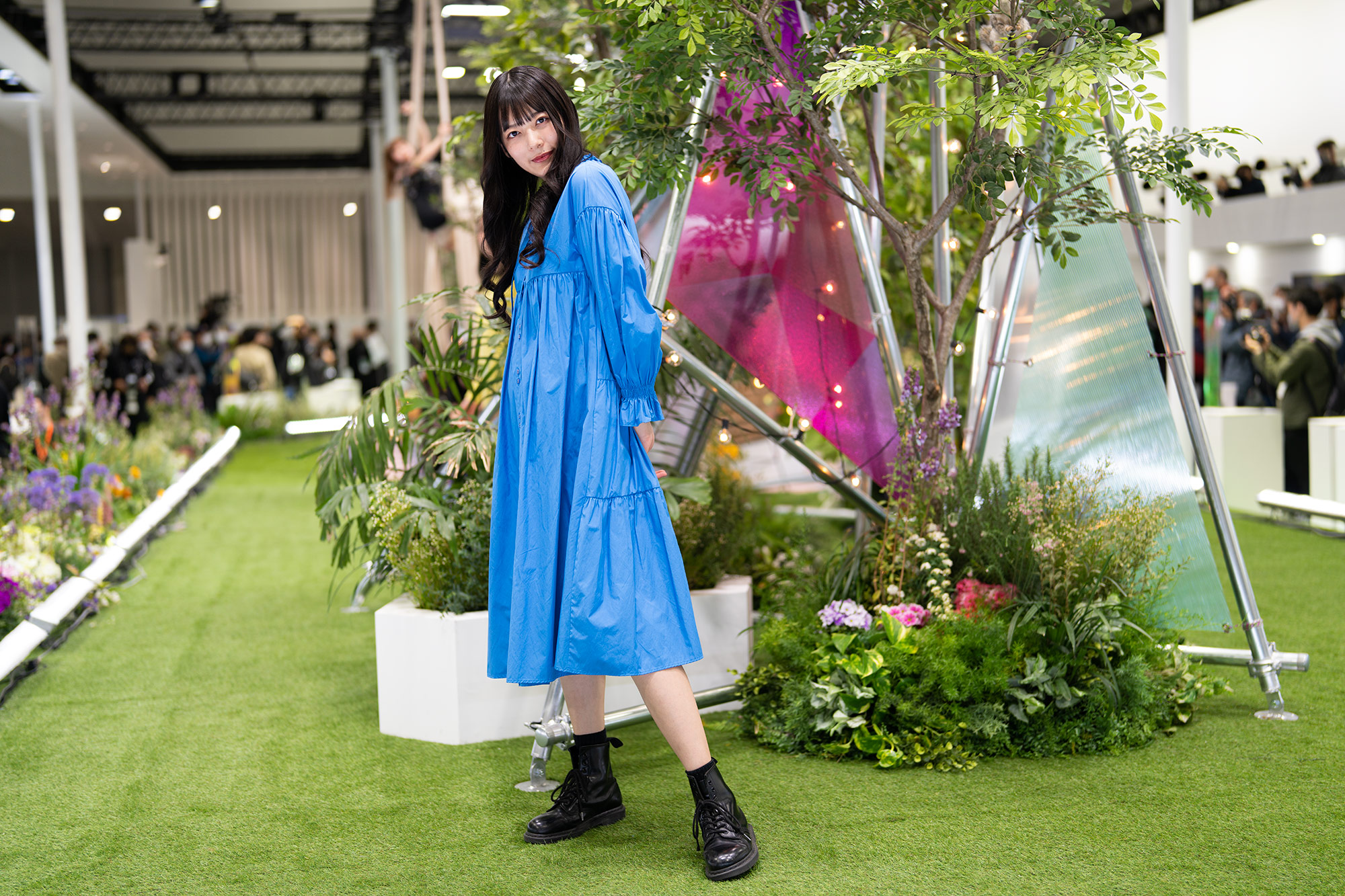
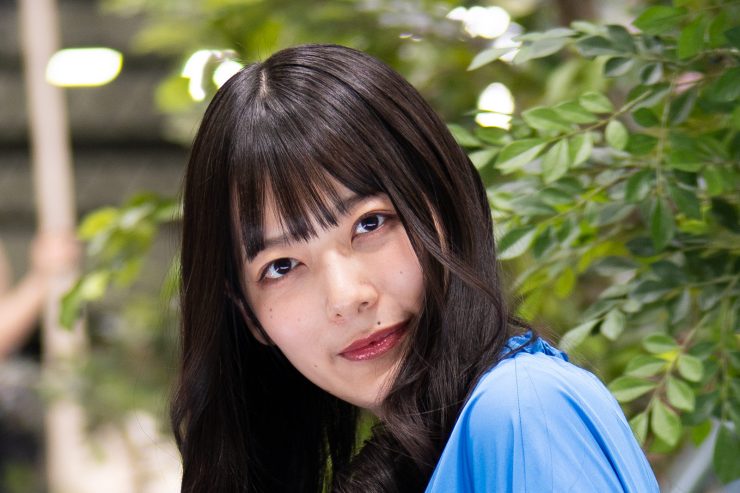
Sigma’s exhibit was short on models but they did have a lot of equipment to available to test. I found the newly announced 50mm f/1.4 ART series lenses behind glass, but a couple of wonderfully helpful members of the staff made sure that I also got to test one on my camera, too.
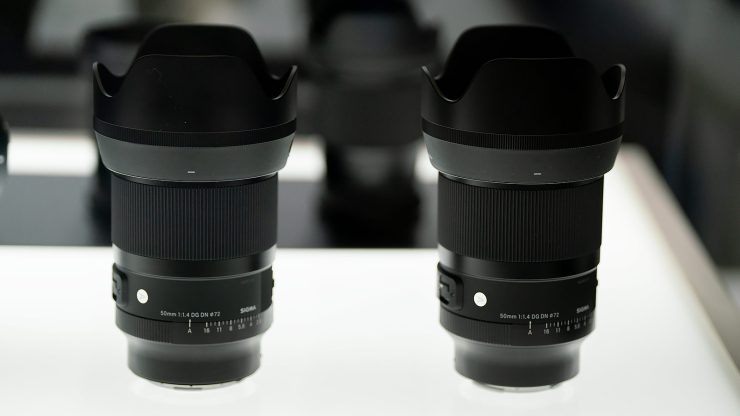
With no models handy, this Sigma staffer stood in. Note that I don’t have a lens profile for this lens yet, so corrections will be better in the future. Shot with an A7RIII instead of an RIV.
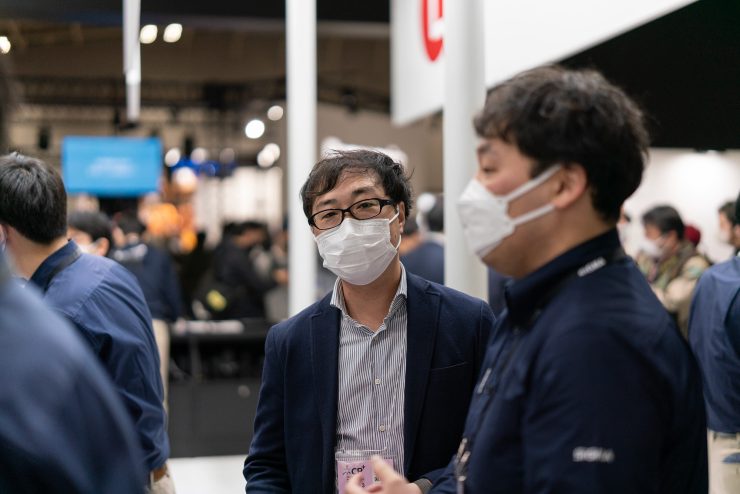
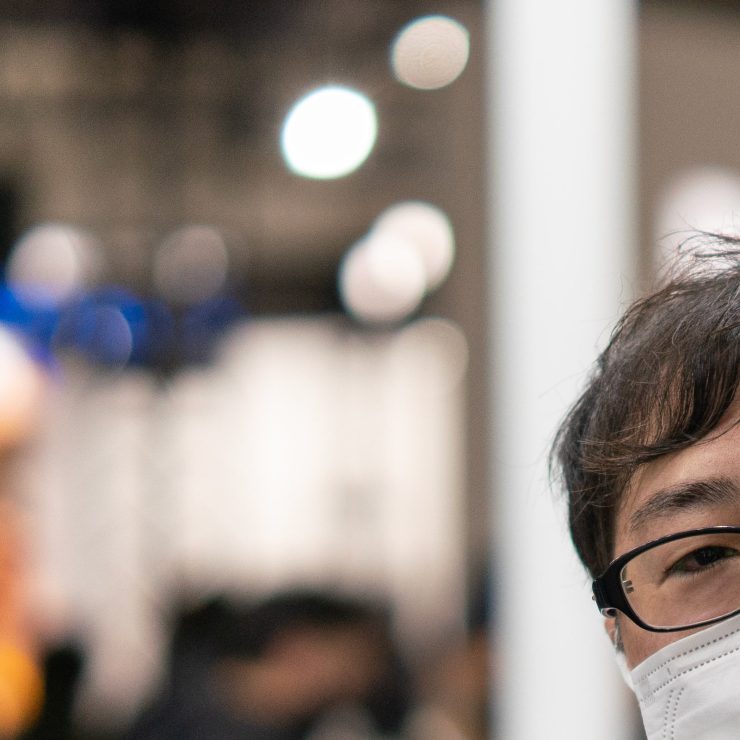
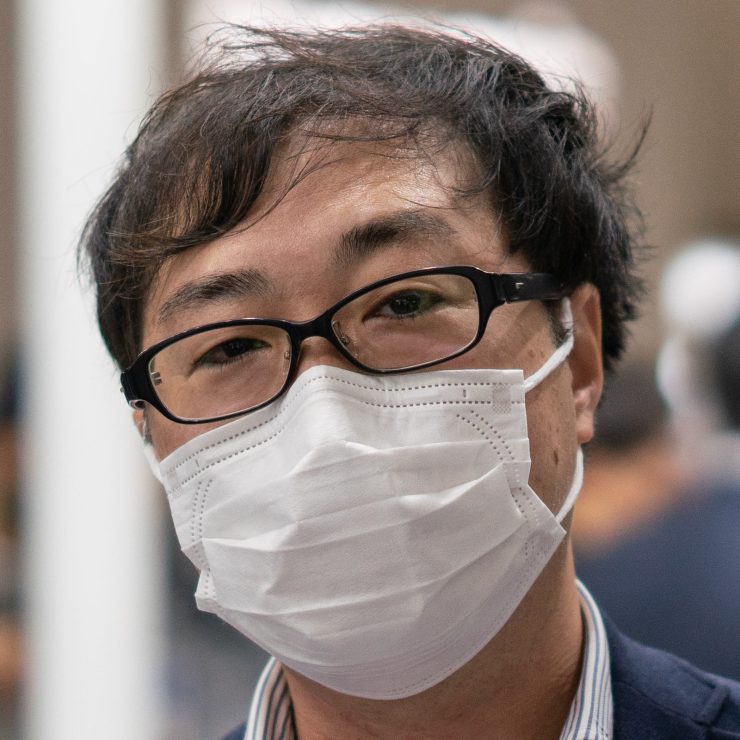
An excellent lens, though significantly larger than the Sony. Autofocus was very fast and reliable, though I didn’t get to try it for video, and it was as silent as you’d expect from a modern lens. Optically, the lens seems to be very sharp (despite the poor lighting), though there is some green fringing and “onion rings” in the bokeh of the lights.
Sigma also provided a much larger number of Fujifilm cameras with X-mount Sigma lenses for testing than I’d have expected, indicating the greater popularity of Fuji cameras here in the Japanese market.
Canon’s Exhibit: Bikes and VR
Canon had one of the two largest exhibits at CP+ this year (the other was Sony), and rather than models, Canon spent a large portion of their floor space on a BMX Bike half-pipe and a team of riders, which was useful for those who wanted to test the autofocus of the cameras and lenses on hand. Those who had the patience to wait in line could use the super-telephoto lenses mounted on the platform behind the ramp.
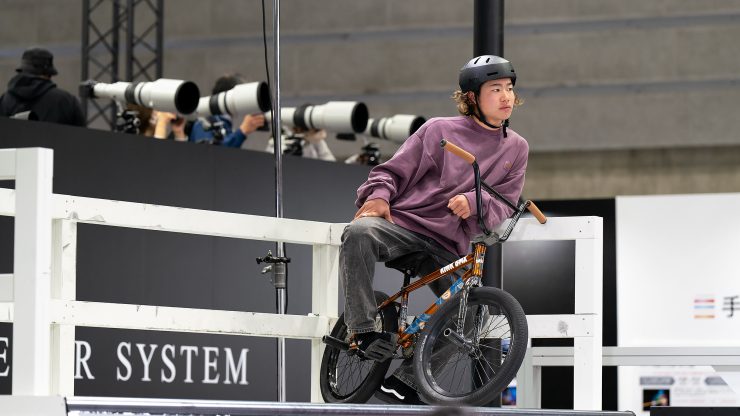
More interestingly, Canon devoted about a quarter of their floor space and a large staff of assistants to a Virtual Reality / Mixed Reality exhibit, where they also promoted their RF-mount VR lens. VR users sat in Mork-inspired pods with VR headsets, and MR users wore headsets with antler-like positioning sensors. During both days of my visit, the MR/VR area was packed.
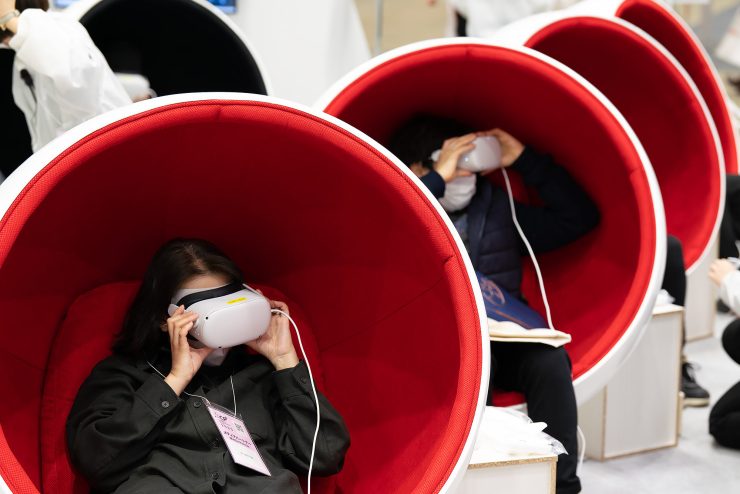
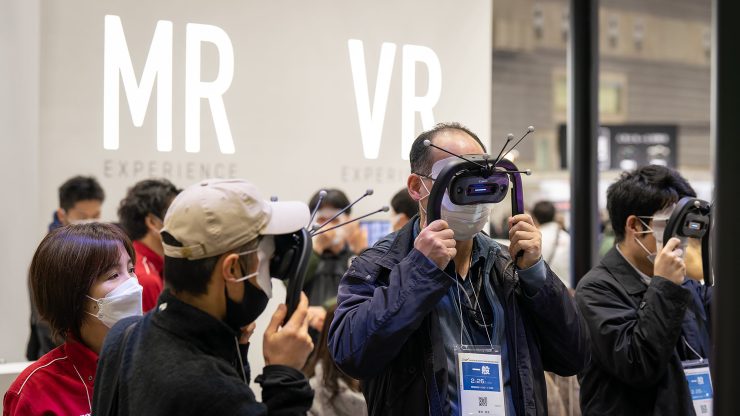
And of course, in the heart of their exhibition, Canon displayed their full line of R-series cameras and RF-mount lenses, including the newly announced R50 and R8, and the unremarkable kit lenses that were announced along side them.
Sony’s Models and Lenses
Sony’s main exhibit floor was taken up by a long, narrow, half-forested set with models spaced evenly along the front, back, and each end. Periodically, one or more of the models’ areas would be taken over by dancers or other performers.
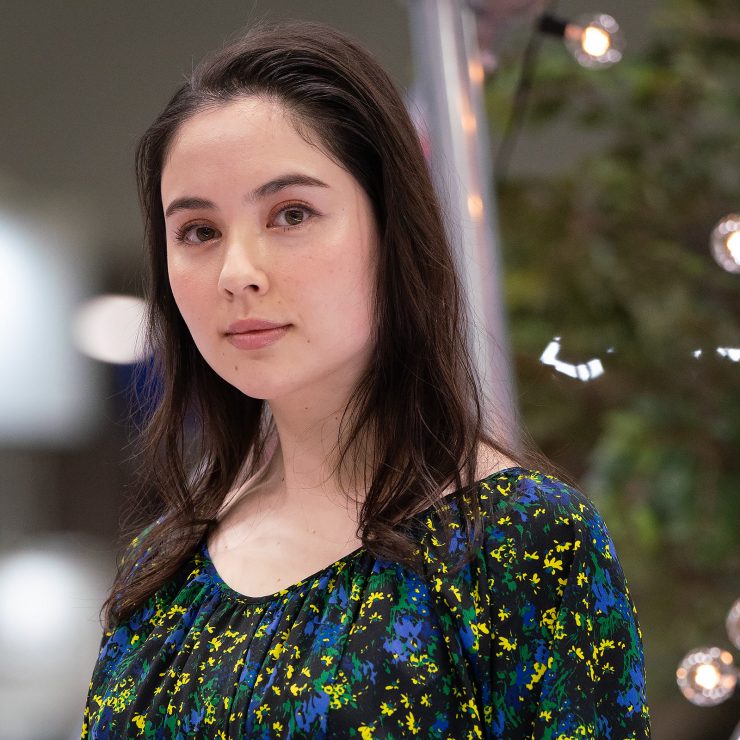
As mentioned previously, this is where I was able to test the new Sony 50mm GM lens, and I also spent some time with an assortment of others lenses and cameras. Above the main exhibit (and just like Canon and Nikon), Sony had a raised terrace for testing their super-telephotos.
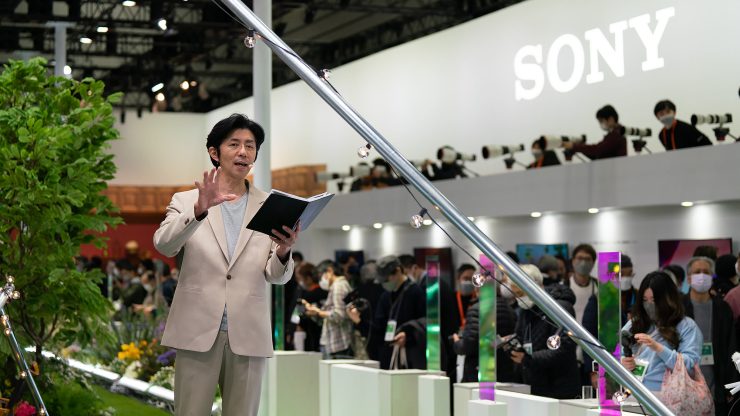
In a separate area with video equipment on display, a model posed with a variety of animal statues and curiosities.
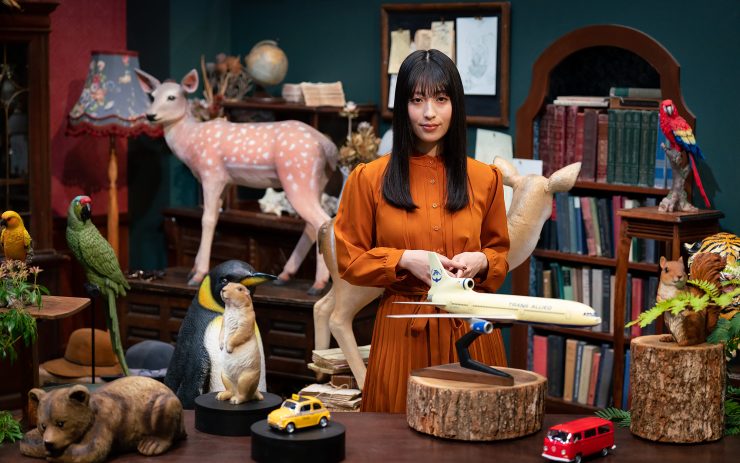
Final Thoughts & The Future of Photo Equipment Expos
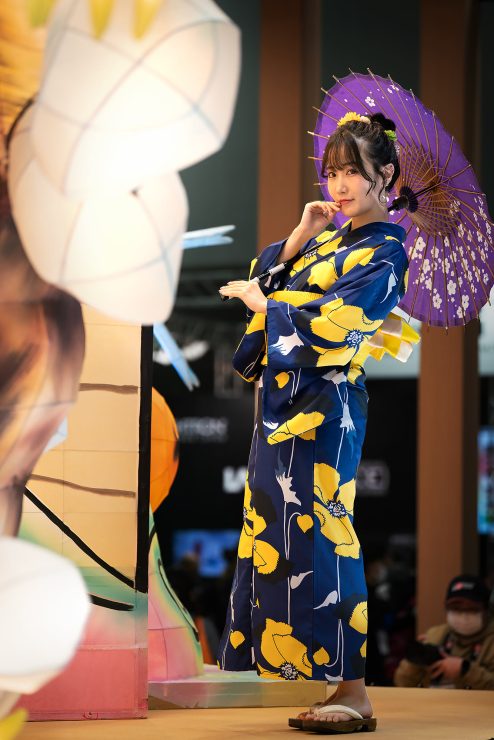
I’ve always loved visiting expos of this sort, and CP+ was a wonderful example of the genre. I did learn very quickly (this is not a big shocker) that it’s foolish to visit an expo where I don’t speak the language and expect to learn anything useful, though some of the exhibitors went out of their way to provide me with English speaking assistance (thanks again, Sigma!). But the unique atmosphere and language issues made the whole thing seem fresh and exotic, which made the visit worth it, to me.
That said, I’d be lying if I said that I’d expect CP+ to exist in another 2 or 3 years, so if you’ve ever wanted to visit an expo like this, you may want to start making plans now.
Why are the expos dying? It’s true that camera sales and the popularity of photography as a hobby have been on a decline for several years, but they’re still well above the levels that we saw during the 20th century, and Photokina dates back to the 1950s. Of course, the major difference today is the internet. With YouTube and sites like this one, photographers don’t need to go to a special show to learn about new equipment, and the big camera companies understand as well as anyone that for the cost of setting up an exhibit in New York City or Cologne, they can lend gear to hundreds of YouTube influencers and reach millions of people overnight. And while there are no camera sales at the expos, YouTube viewers are very likely to purchase equipment after watching a video.
Then why should we care that in-person expos and trade-shows are disappearing? First, and most obviously, we can’t learn everything we need to from the internet: how will a camera feel in my hands? How does this lens balance with my camera? But those questions can also be answered by a visit to a good camera store, and they’re open year round and closer than an expo.
No, the main reason that I love going to expos like CP+ is the amount of excitement and inspiration that they generate: there’s nothing like watching a presentation from a renown photographer to remind me why I love photography so much, and to give me a bit of direction when I’m at loose-ends. There’s something special about seeing so many amazing photographs in one place, so much beautiful engineering, and being surrounded by so many like-minded people.
I hope that CP+ continues well into the future in Japan, just as I hope that PDN PhotoPlus returns to its old format in New York. But as a realist, I’ll say it again: if you’re interested in CP+, I’d make plans for visiting in the next couple of years. It’s free.
